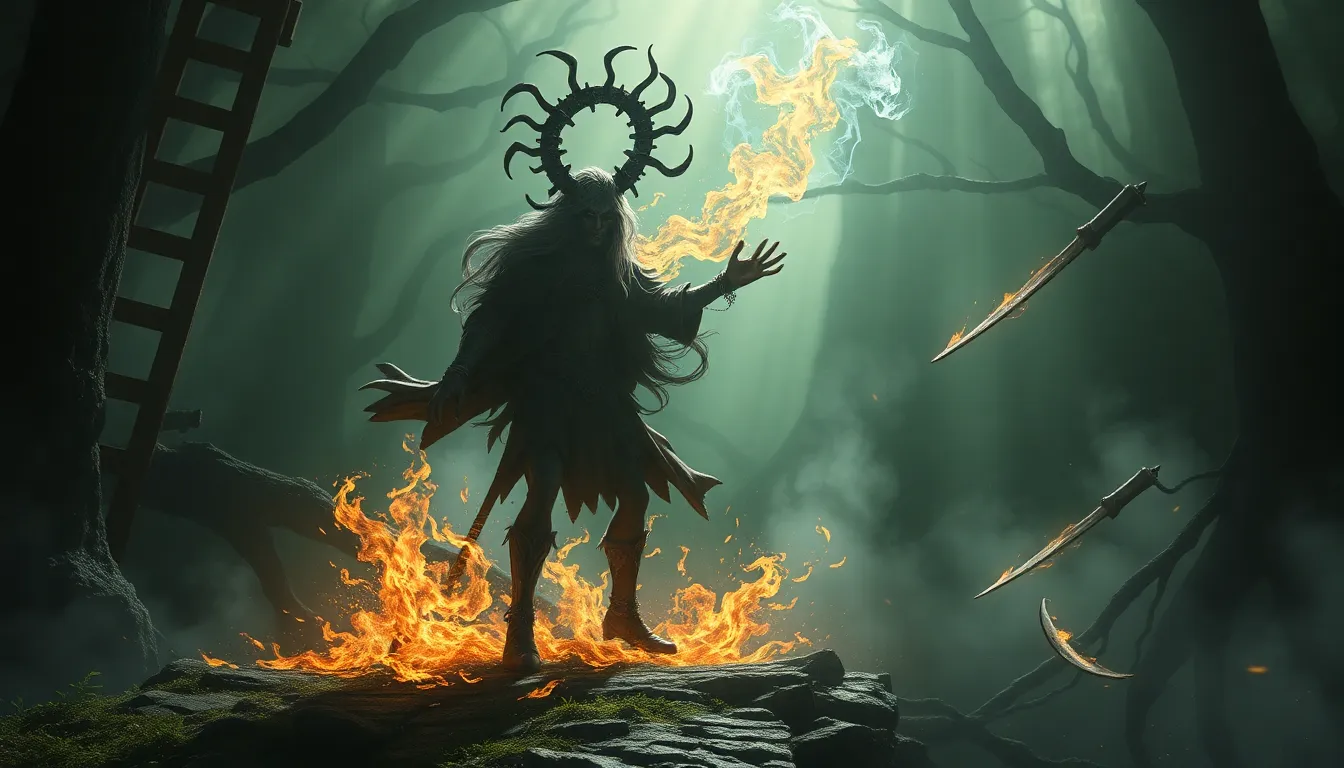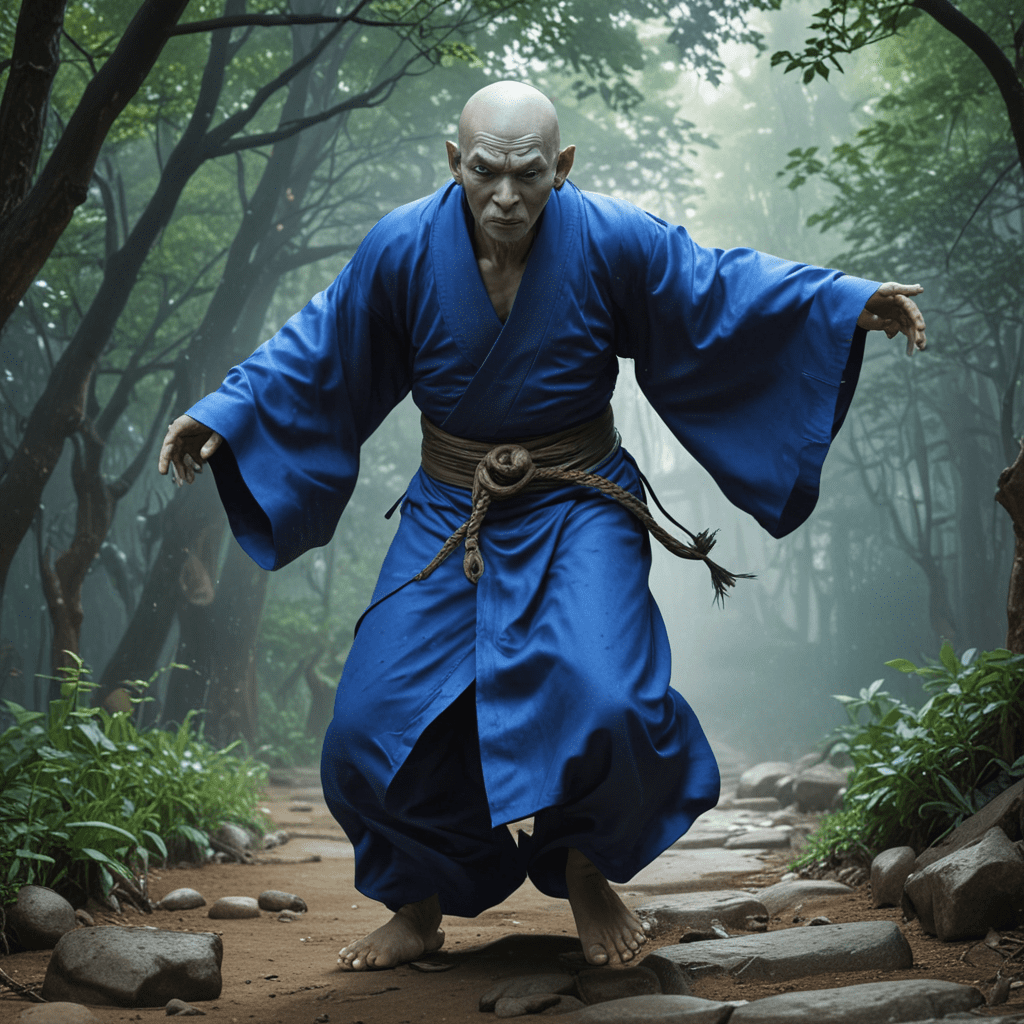The Trickster’s Role in Myth: Chaos or Order?
Introduction to the Trickster Archetype
The trickster archetype is a fascinating figure that appears in various mythologies around the world. Defined by characteristics such as cunning, playfulness, and a disregard for societal norms, tricksters often challenge the status quo. They are known for their ability to manipulate situations to their advantage, often leading to unexpected outcomes. The significance of the trickster in mythology cannot be overstated, as these figures serve crucial roles in storytelling, often embodying the tension between chaos and order.
Historical Context of Trickster Myths
Trickster figures are prevalent across diverse cultures, each embodying unique traits while sharing common themes. Some notable examples include:
- Loki from Norse mythology, known for his mischievous behavior and shape-shifting abilities.
- Anansi from West African folklore, a spider who uses his wit to outsmart others.
- Coyote in Native American myths, often portrayed as a clever yet foolish character who brings both trouble and wisdom.
Throughout history, the trickster archetype has evolved, reflecting societal changes and cultural values. Initially seen as a figure of chaos, the trickster has increasingly been recognized for their role in bringing about transformation and challenging established norms.
Chaos: The Trickster as a Catalyst for Change
Tricksters often embody chaos and disruption, acting as catalysts for change within their narratives. Their actions frequently lead to conflict, which in turn sparks transformation. For example:
- Loki’s schemes in Norse myths often result in catastrophic events, prompting the gods to confront their limitations.
- Anansi’s cleverness allows him to outwit stronger foes, showcasing how intelligence can disrupt power dynamics.
- Coyote’s antics often lead to the creation or destruction of worlds, embodying the dual nature of chaos as both creative and destructive.
Through these examples, it becomes evident that tricksters play a vital role in initiating conflict, which serves as a precursor to transformation and growth.
Order: The Trickster as a Restorer of Balance
Interestingly, tricksters also possess the ability to restore balance and order from chaos. This paradox highlights the complexity of their role within mythological narratives. Some tricksters, despite their chaotic tendencies, ultimately contribute to the resolution of conflicts. For instance:
- In some tales, Loki’s mischief leads to the creation of essential artifacts for the gods, serving a greater purpose.
- Anansi often teaches moral lessons through his stories, ultimately guiding others towards wisdom and understanding.
- Coyote’s actions frequently lead to the establishment of societal norms, illustrating how chaos can give rise to order.
These case studies demonstrate that tricksters are not merely agents of chaos; they are also integral to the restoration of balance and harmony in their respective worlds.
Duality of the Trickster: Friend or Foe?
The trickster’s ambiguous morality further complicates their role in mythology. Often seen as both a hero and a villain, the trickster challenges the binary of good versus evil. Their actions can lead to beneficial outcomes, yet they may also cause harm. This duality raises important questions about morality and intention:
- Are tricksters inherently good or evil, or do they transcend such classifications?
- How do their actions reflect the complexities of human nature?
- Can the chaos they create ultimately lead to positive change?
Through their multifaceted nature, tricksters embody the complexities of morality, inviting audiences to reflect on the nuances of human behavior.
The Psychological Perspective: Tricksters in the Human Psyche
From a psychological standpoint, tricksters can be seen as representations of the unconscious mind, embodying aspects of our psyche that are often repressed or ignored. In Jungian analysis, the trickster archetype plays a crucial role in personal development:
- The trickster challenges societal norms, prompting individuals to question and redefine their beliefs.
- They embody the shadow aspect of the self, representing the parts of us that we may be reluctant to acknowledge.
- Through their antics, tricksters encourage creativity and spontaneity, essential components of psychological growth.
By engaging with the trickster within us, we can navigate the complexities of our own identities and embrace the potential for transformation.
Cultural Significance of Trickster Myths
Trickster myths hold significant cultural importance, serving as vehicles for teaching moral lessons and reinforcing social norms. They often embody themes of rebellion against authority and conformity, illustrating the struggles of individuals against societal constraints. Through their stories, tricksters:
- Highlight the flaws of those in power, encouraging critical thinking.
- Promote resilience and adaptability in the face of adversity.
- Encourage the questioning of established norms and traditions.
In this way, tricksters serve as symbols of resistance, inspiring individuals to embrace their uniqueness and challenge societal expectations.
Modern Interpretations of the Trickster
In contemporary literature and media, the trickster archetype continues to thrive. From characters in novels and films to figures in popular culture, modern interpretations often reflect the complexities of our current society. For instance:
- Movies like “The Joker” portray tricksters as anti-heroes, exploring themes of chaos and morality.
- Literary characters such as Holden Caulfield in “The Catcher in the Rye” embody the rebellious spirit of the trickster.
- Television shows often feature trickster characters who subvert traditional narratives, offering fresh perspectives on familiar stories.
The relevance of trickster archetypes in modern society underscores their enduring legacy and the universal themes they represent.
Comparative Analysis: Tricksters Across Different Cultures
A comparative analysis of trickster myths reveals both similarities and differences across various traditions. Common themes include:
- The embodiment of chaos and disruption.
- The role of wit and intelligence in overcoming obstacles.
- The duality of the trickster as both a hero and a villain.
Yet, cultural contexts shape the narratives uniquely, leading to diverse representations of tricksters. This richness allows for a deeper understanding of human nature and the complexities of our shared experiences.
Conclusion: The Enduring Legacy of the Trickster in Myth
In conclusion, the trickster’s dual role in myth as both chaos and order highlights the complexities of human nature and the narratives we create. Their ability to navigate the fine line between disruption and restoration reflects the intricate dance of life itself. As we continue to engage with trickster myths, we gain insights into the human condition, revealing the timeless relevance of these figures in understanding ourselves and our cultures.


